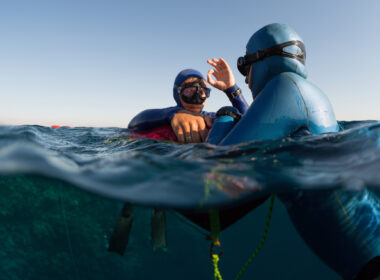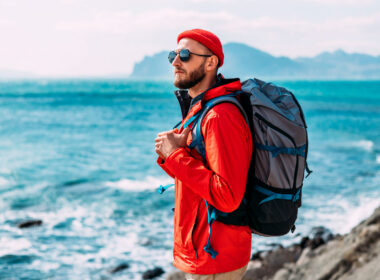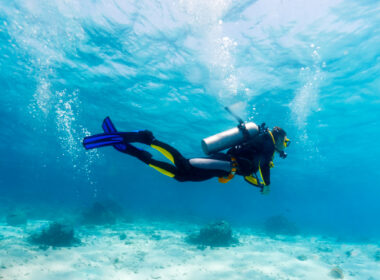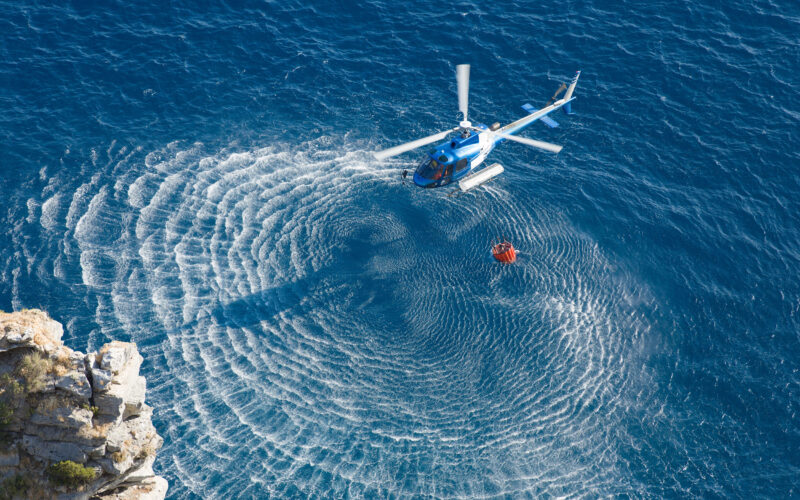In one of the most remote places on Earth – what happens when you need a hyperbaric chamber? As a scuba instructor and avid diver this DiveAssure member came prepared when Tahiti diving in remote French Polynesia.
Sure! Here’s a version of your text with about 50 extra words added, enhancing the sense of remoteness and the importance of preparation, without making it feel bloated:
As a scuba instructor and avid diver, this DiveAssure member came prepared when diving in remote French Polynesia—an idyllic yet isolated paradise where access to emergency medical care can be extremely limited.
A French scuba instructor was diving in a luxurious spot in Fakarava, French Polynesia when a situation occurred that required him to get to the nearest hospital with a functional hyperbaric chamber facility—an essential, yet rare, resource in the vast expanse of the Pacific.
A Normal Day Out – Tahiti Diving
This instructor diver went out to sea in the early morning for his first dive of the day. Ten minutes prior to exiting his first dive he presented with chest and shoulder blade pain, along with a sensation of dizziness, headaches, and paresthesia in both his forearms and his lower limbs.
His symptoms started improving when he was treated with Normobaric Oxygen (NBO) Therapy using a high-concentration oxygen mask. Subsequently, he was transferred to a free health clinic, where he was administered prescribed medication. He went on to start Oral Rehydration Therapy (ORT).
However, it was then decided to carry out a medical evacuation due to the suspected findings and the state of his condition, which began to deteriorate rapidly despite initial treatment and monitoring efforts.
Evacuation to Tahiti for Hyperbaric Recompression
A medevac physician conducted a medical assessment and confirmed paresthesia in the diver’s lower limbs (stocking-distribution sensory loss) and ongoing low-intensity headaches.
It’s well known that Tahiti and much of Oceania have limited access to hyperbaric chambers, with very few facilities available in such remote island regions. The diver, fortunately a DiveAssure member, was medically evacuated 431 km to Tahiti for urgent care.
When a DiveAssure member needs assistance, our emergency team at NGS works around the clock to coordinate rapid evacuation and ensure timely treatment.
DiveAssure covered the costs of 11 hyperbaric chamber treatments and we’re happy to report that the dive instructor is now fully recovered and able to enjoy life again.
Safety Starts Before the Dive
Diving in remote locations can be breathtaking—but also unpredictable. Limited access to advanced medical care makes preparation essential. Every dive professional and enthusiast should recognize that emergency response times are longer, and treatment costs can be overwhelming. In this case, being insured with DiveAssure meant the difference between a full recovery and a potential financial and medical disaster. Whether you’re training others or diving solo, comprehensive dive accident coverage is a vital part of your gear.
We Recommend Annual Diving Accident Programs When Diving Remote Locations
By purchasing annual diving accident coverage, for a reasonable price, this instructor saved himself a €35,000 bill for evacuation and multiple chamber treatments. Coverage not only protects your wallet—it also ensures peace of mind during every dive. As a dive instructor, you are responsible not only for yourself but for the new divers you train. Emergencies can happen at any time, even on the most routine dives. Set a good example and teach them the importance of diving accident coverage as a vital part of safe dive planning.
For more information on joining the DiveAssure Association go to www.diveassure.com .






